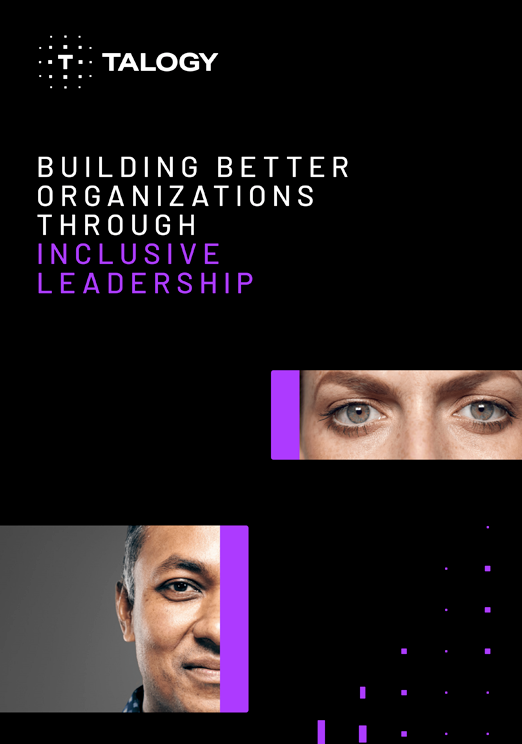“Welcome to Jurassic Park.”
It’s an iconic line from an iconic movie that has a long-awaited third sequel finally hitting movie theaters this week. If you haven’t seen the original Jurassic Park, prepare for a spoiler: things do not go well in John Hammond’s theme park. Based on trailers for the new film, Jurassic World, it looks like we can expect even more dinosaur chaos, this time in a shiny new park with a shiny new dinosaur.
In Jurassic World, the corporate team is planning to unveil a never-before-seen creature, a hybrid their geneticists created in a lab. As Chris Pratt’s character, Owen Grady, states in the trailer, this is “probably not a good idea.”
Let’s consider why.
B.D. Wong’s character, Dr. Wu, and his team of researchers combined qualities from various dinosaurs to genetically modify a new creation, the Indominus Rex. They wanted something bigger and flashier than any other dinosaur in the park. But they failed to consider the consequences of designing an animal with so much size and power or think about how all those qualities would play off one another.
The geneticists went in blindly, not knowing whether their formula, their desired combination of traits, would actually lead to a successful attraction (i.e., a dinosaur that entices, rather than eats, your guests).
In Jurassic World, much like in the World of Work, you need to find the right formula for success. You need to know what it takes to thrive in your culture.
Competency Models help define the formula required to drive strategy and success; they are the common language that ties together human capital processes and initiatives, and they provide the roadmap for sustainable success.
The research team in Jurassic World had the science to create what they believed would be a winning attraction, but they dove in without validating their methodology. Lucky for business leaders, there are a variety of scientifically validated tools and resources available, such as the Caliper Profile assessment and Caliper Competency Library, to help them build a model for success.
You can’t create the ideal dinosaur, or develop your next top-performing employee, without first knowing what traits and behaviors that individual should demonstrate. Since competencies reflect the direct link between strategy and what a company needs from human capital to support that strategy, they can be used as the foundation for horizontal integration of all talent management activities, including recruiting, hiring, onboarding, training, professional development, and succession planning.
Defining roles in competency terms also allows for flexibility, as performance competencies should evolve with changes in strategy or the business environment. Caliper’s Competency Library is the result of 12 years of in-depth research into the competency requirements for high performance across a number of positions, companies, and industries. Using our Competency Library, we can develop a Competency Model that adapts to changes in your business environment and provides valuable guidelines for hiring and ongoing professional development.
The moral here: Don’t choose your employees like Dr. Wu designs dinosaurs.

